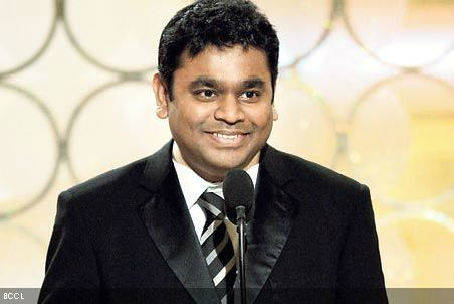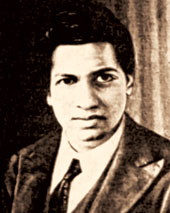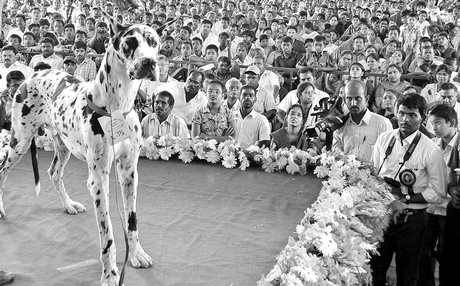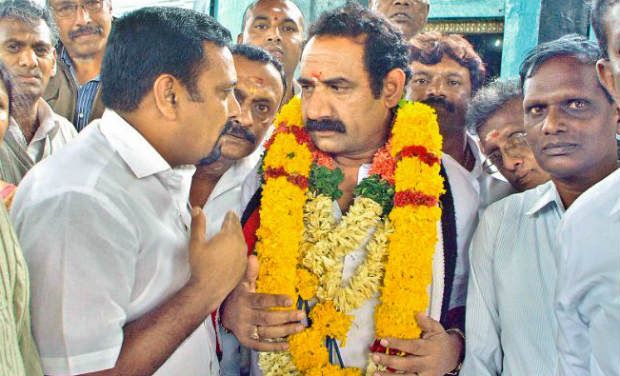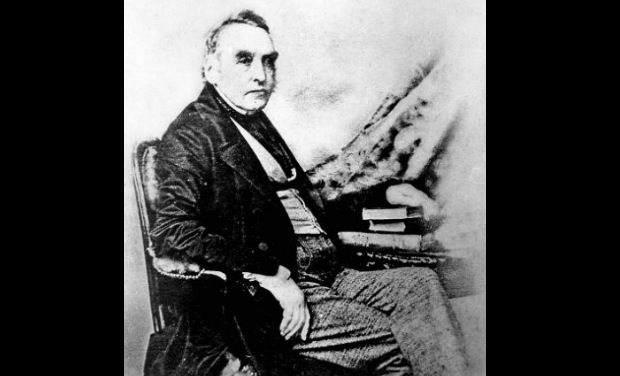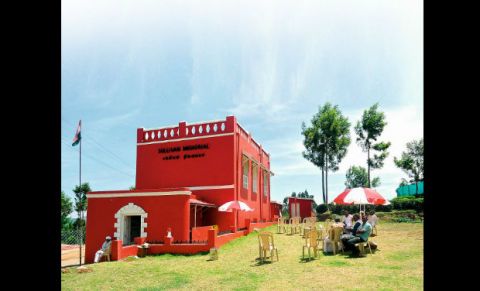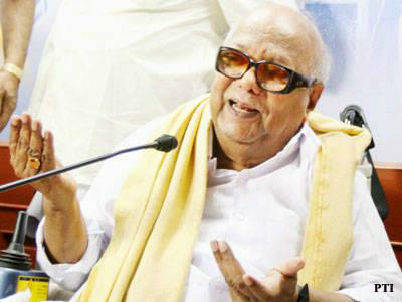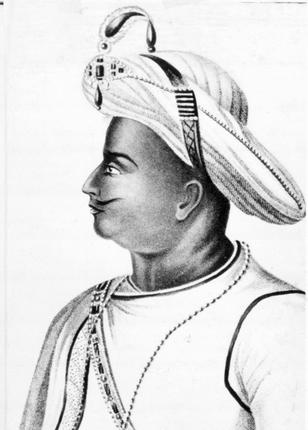
A new mani mandapam will be constructed in memory of Tipu Sultan in Dindigul.
Though the father-son duo Hyder Ali and Tipu Sultan, in whose memory the Chief Minister of Tamil Nadu, Jayalalithaa, has announced construction of a mani mandapam in Dindigul, were the rulers of Mysore, they had close links to Tamil Nadu, fighting and winning several battles across the State.
Their association with Tamil Nadu could be gauged from naming of Tipu Sultan after Hazrath Tipu Mastan Aulia, a renowned Sufi saint, whose tomb is in Arcot town, Vellore district. When Hyder Ali and Fakhr-un-Nisa did not have children for many years, the couple visited the tomb of Tipu Mastan Aulia frequently to pray for a child.
The Sufi saint assured that the Almighty would bless them with sons, provided they came forward to deliver the first born to God’s service. Though they agreed to do so, the couple did not keep their promise as Tipu Sultan turned a warrior at the age of 15.
Hyder Ali had even selected Raushan Begum, daughter of Imam Saheb Bakshi of Arcot, Vellore district, as the worthy bride of Tipu Sultan. Raushan Begum was one of the three wives of Tipu Sultan.
Of all the places where they fought battles against the British forces and camped in the state, it was in Dindigul where both Hyder Ali and Tipu Sultan stayed for many years. The Mysore ruler posted Hyder Ali as the commandant of Dindigul, in recognition of the pivotal role that he played in many battles. The main task given to Hyder Ali at Dindigul was to put an end to the menace of the refractory elements and he accomplished the job effectively.
Thanks to the special initiatives taken by Hyder Ali, the volume of tax collection rose remarkably. He gave a portion of the collection towards the construction and renovation of temples and mosques and also allotted considerable share for starting factories with the help of French engineers in the town. Soon he won the hearts of the people in Dindigul and the entire society extended unstinted support to his endeavours.
The most famous historical landmark of Dindigul is the Rock Fort, which is located atop a hill. King Muthukrishna Naicker of Madurai constructed the Fort. In 1755, Hyder Ali, his wife and son Tipu Sultan came to Dindigul. Tipu Sultan ruled the fort from 1784 to 1790. The English defeated Tipu Sultan in the Mysore War of 1790, and annexed the Fort.
It was at a mosque in Dindigul, constructed by Hyder Ali, that the body of his younger sister Ameerunnisa Begum was buried. The Begumpur mosque was named after her.
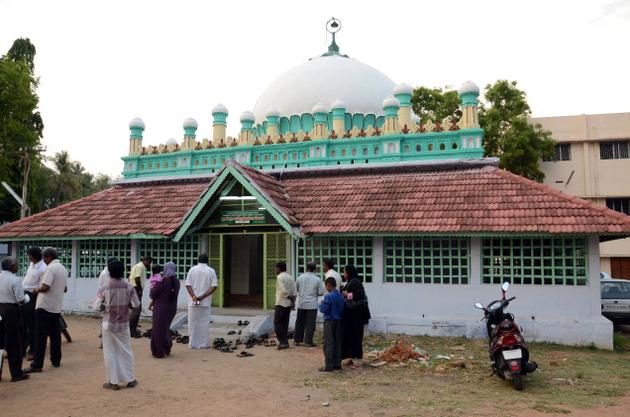
Battle against the British
The battles that Hyder Ali and Tipu Sultan fought included those at Arcot, Ambur, Cuddalore, Porto Novo (Parangipettai), Thanjavur, Erode, Dharapuram, Tiruppattur, Vaniyambadi, Sholingur, Vandavasi and Kanchipuram. In a majority of these battles, the English force could not match the speed of Tipu’s cavalry. In the battles that took place in Tiruppattur and Vaniyambadi, the father and his brave son fought side by side, which helped them capture both the Forts with much ease.
In some of the battles, Tipu Sultan used war rocket. This earned him universal fame as ‘innovator of the world’s first war rocket.’ It was his victories against the British forces that ranked Tipu Sultan among the few Indian rulers who have defeated the British.
One of the wars involving Tipu Sultan, which badly affected the local economy, was the battle held at Annagudi near Thanjavur in 1782. It took a few decades for the administrators to restore the devastated economy and that period was named as the ‘Era of Hyder Ali’ (Hyder Kaalam) in history. After Tipu Sultan was killed, the British shifted his family members to Vellore,where they were interred.
source: http://www.thehindu.com / The Hindu / Home> Features> Friday Review> History & Culture / by Syed Muthahar Saqaf / June 13th, 2013
